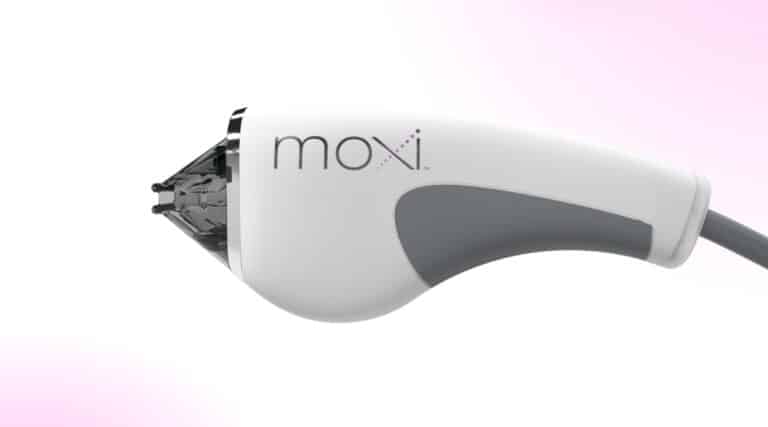
Enhancing Skin Rejuvenation with Moxi Laser and BBL (BroadBand Light) Treatments
At Lift Clinic Toronto, we believe in providing our clients with the most advanced and effective skincare solutions. That’s why we are excited to share
Thick, lustrous hair is often associated with vitality and confidence. For those experiencing hair loss or thinning, the search for effective solutions can be a journey. Enter exosomes—a revolutionary advancement in regenerative medicine that is garnering attention for their potential in hair restoration. We’ll dive into the world of exosomes, exploring what they are, how they work, and their transformative effects on hair restoration.
Exosomes are tiny extracellular vesicles that play a crucial role in cell communication and signaling. These nanosized structures are released by various cells in the body, including stem cells. Exosomes contain a payload of bioactive molecules, including proteins, growth factors, and genetic material. They act as messengers, shuttling these essential components between cells to influence their behavior and function.
The use of exosomes for hair restoration has gained traction due to their potential to stimulate dormant hair follicles, promote hair growth, and improve overall hair health. When exosomes are introduced to the scalp, they exert their regenerative effects by interacting with hair follicle cells, leading to increased circulation, improved nutrient delivery, and enhanced cell proliferation.
Exosome-based hair restoration treatments offer a promising avenue for individuals seeking a non-invasive and natural solution to hair loss. Unlike traditional hair transplant procedures, exosome treatments do not involve surgery or the removal of hair follicles from one area to another. Instead, they harness the body’s own regenerative capabilities to stimulate hair growth from within.
Before undergoing exosome hair restoration, it’s essential to consult a qualified medical professional specializing in regenerative medicine. During the procedure, exosomes are carefully introduced to the scalp through micro-injections or topical application. The treatment is generally well-tolerated, with minimal discomfort and downtime.
Exosomes represent a groundbreaking frontier in the realm of hair restoration. By harnessing the power of these tiny vesicles to stimulate hair follicles, improve circulation, and promote healthy hair growth, individuals now have access to an innovative solution for hair loss concerns. While exosome-based treatments offer exciting potential, it’s crucial to approach them with realistic expectations and under the guidance of experienced medical practitioners. Whether you’re seeking to reverse hair thinning or enhance hair health, the transformative effects of exosome hair restoration may hold the key to revitalizing your locks and regaining your confidence.

At Lift Clinic Toronto, we believe in providing our clients with the most advanced and effective skincare solutions. That’s why we are excited to share

Are you looking for a revolutionary way to rejuvenate your skin and achieve a radiant, youthful complexion? Look no further than Moxi Laser, the latest

Introduction In the ever-evolving world of medical aesthetics, advanced fillers have emerged as a powerful tool for achieving natural and youthful facial rejuvenation. These innovative
Monday
Tuesday
Wednesday
Thursday
Friday
Saturday
Sunday
12 p.m. – 7 p.m.
12 p.m. – 7 p.m.
12 p.m. – 7 p.m.
12 p.m. – 7 p.m.
12 p.m. – 7 p.m.
10 a.m. – 3 p.m.
Closed
© 2024 Lift Clinic. All rights reserved.
The content and images on this website are not a guarantee of individual results as individual results may vary. The information provided on this site is for general informational purposes only, and is not a specific recommendation for an individual. The information provided on this site is not a substitute for a formal consultation with an aesthetic nurse practitioner before undergoing any skin treatment.
Website by Digitalpha